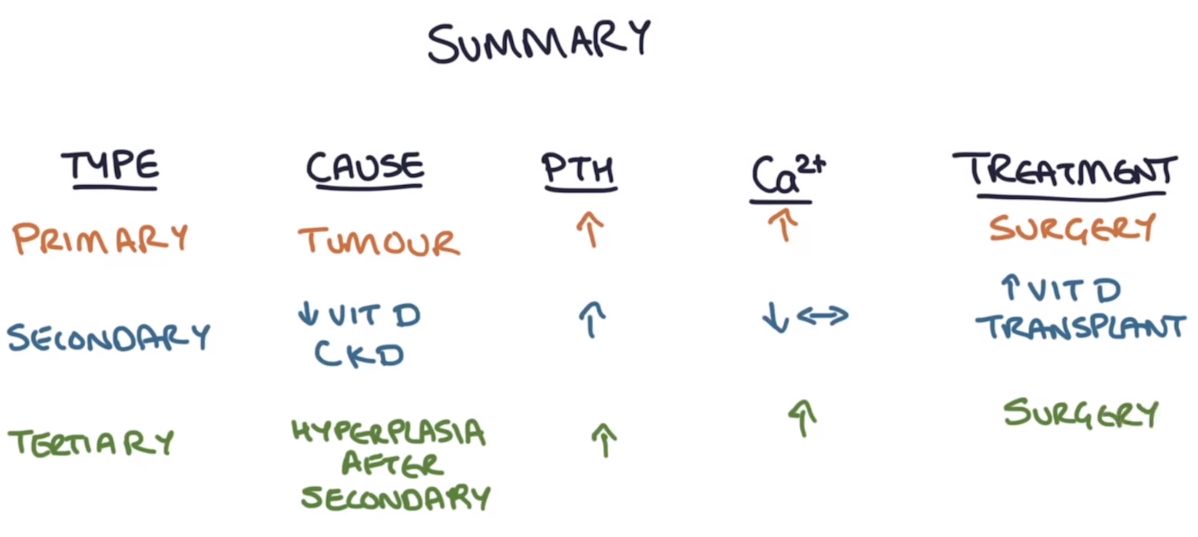RENAL-CALCIUM BALANCE
SUMMARY
1. Calcium is absorbed from the duodenum, stored in the bone, and excreted by the kidneys.
2. Regulated by PTH and vitamin D metabolites, both affect rates of absorption in the kidneys and gut and rates of resorption of bone.
3. The measured plasma calcium concentration is a total of free/ionized calcium (45%), calcium bound to albumin (40%), and calcium bound to other substances (15%).
4. Ionized calcium is the state available for immediate use by the body and correlates with consequences of hyper- or hypocalcemia.
5. If albumin decreases, the measured plasma calcium decreases.

Image: Dr. Appukutty Manickam.
Reference(s)
Barrett, K.E., Barman, S.M., Boitano, S., Brooks, H.L., Weitz, M., Brian Patrick Kearns, Ganong, W.F. and Mcgraw-Hill Education (Firm (2016). Ganong’s review of medical physiology. 25th ed. New York: Mcgraw Hill Education.
Hall, J.E. and Hall, M.E. (2020). Guyton And Hall Textbook Of Medical Physiology. 14th ed. S.L.: Elsevier - Health Science.
West, J.B. and Luks, A.M. (2021). West’s Pulmonary Pathophysiology. Lippincott Williams & Wilkins.